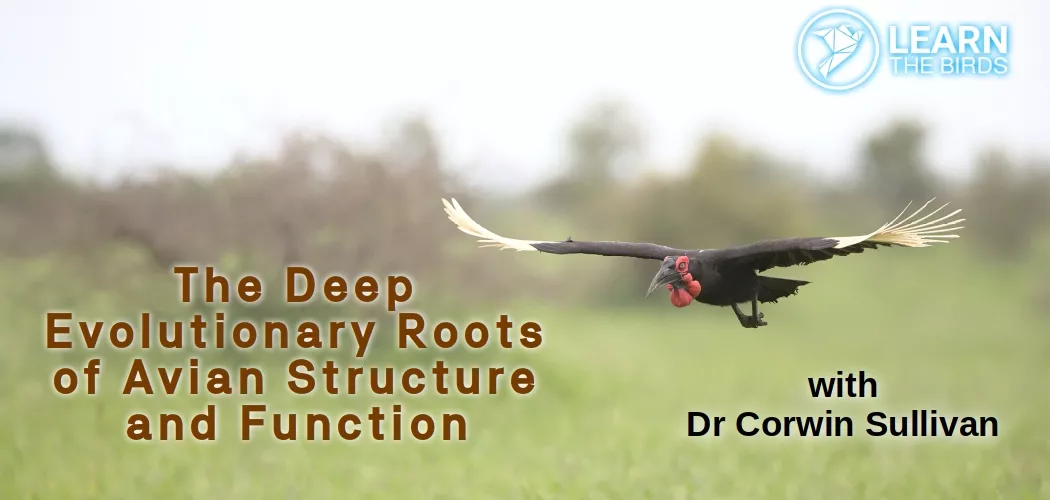
The Deep Evolutionary Roots of Avian Structure and Function
In the modern world, birds are an extremely distinctive group, easily recognisable as feathered bipeds with beaks, wings, thin-walled (“hollow”) bones, a high body temperature, and many other characteristics that combine to set them apart from other vertebrates. Within the context of the fossil record, however, a clear dividing line between birds and non-birds is difficult to draw. Overwhelming anatomical evidence shows that birds are modified dinosaurs, representing a specialised branch of the carnivorous dinosaur group Theropoda that also includes Velociraptor and Tyrannosaurus rex. Some avian characteristics, such as bipedality and the presence of at least rudimentary feathers, were widespread in non-avian theropods and were simply inherited by birds. Nevertheless, the transition to birds in the Jurassic Period of Earth’s history was a complex process involving extensive evolutionary change and diversification, in which flight appears to have emerged independently on at least two separate occasions. From among the vast diversity of primitive birds and their close non-avian theropod relatives, a single lineage survived to give rise to all modern birds, from ostriches to sparrows.
Additional Details
Webinar link - https://zoom.us/j/91781231269?pwd=TTVHVDhNeU9EcDZyWWdaSVFsK0V6UT09
Meeting ID - 917 8123 1269
Passcode - 690005
Check my time zone - https://www.starts-at.com/e/?t=1900&d=2021-09-09&tz=Africa/Johannesburg
Event platform - zoom
Interaction
Interactivity is everything! Please gear up to ask question and our speaker will do their best to answer them live. Place your questions in the chat during the event, so that the moderator can pick them up to ensure that they get answered.
